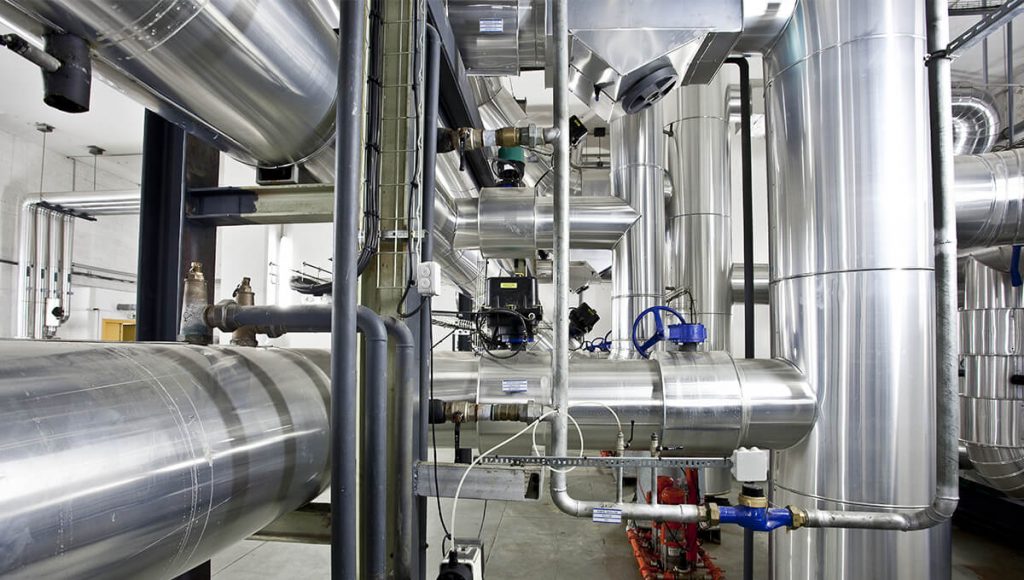
© VINCI Energies
A competitive landscape requires competitive performance, which is why efforts to improve energy efficiency are key to drive industrial performance.
The challenges are high in the very competitive industrial sector. According to ADEME (the French Environment and Energy Management Agency), 20% of energy saving can be achieved by 2030 through investment in efficient equipment, the use of innovative solutions, and minimising energy waste.
Some energy-intensive industrial sectors would greatly benefit from an energy efficiency approach, including the food industry, which could achieve savings up to 29%.
Lighting is a first step toward energy efficiency
This type of approach can be deployed in various forms and with varying scope according to the needs, maturity, and industrial strategy. It could include raising awareness among co-workers in order to reduce energy waste, implementing monitoring tools, conducting energy audits, making changes and investing in new equipment which is more productive and consumes less energy, such as lighting systems.
While lighting is not the main energy consuming asset, upgrading it represents “a first step toward energy efficiency that is easy to implement with minimal investment, and gains at various levels,” states Juliane Jundt, Energy Efficiency Engineer at Actemium, the VINCI Energies brand dedicated to industrial performance.
By mapping energy consumption of industrial sites and analysing Energy Performance Indicators (EPI), energy audits provide actionable recommendations targeting technical operations, process control, and behaviour change.
As a complement to traditional audits, Actemium develops innovative solutions such as systemic audits in partnership with PS2E (see box). By focusing on industrial processes, which represent two-thirds of energy consumption, the systemic audit “provides a comprehensive in-depth view of the system, which is what is needed to uncover its inefficiencies,” states Paul Dède, Energy Efficiency Engineer at Actemium.
“Instead of focusing on major energy consumers, we use a reverse approach that consists in calculating the amount of energy required to produce final products and checking if equipment and utilities are sized and dimensioned accordingly,” points out Juliane Jundt.
Raised awareness, innovation, and more efficient equipment add up to a smarter and more energy-efficient industry, this shall be the basis of the industry of the future.
11/10/2016

